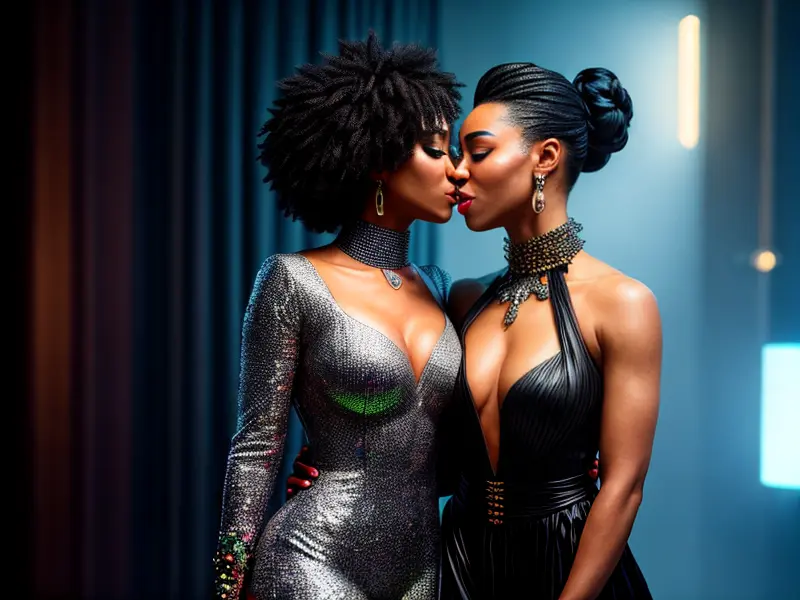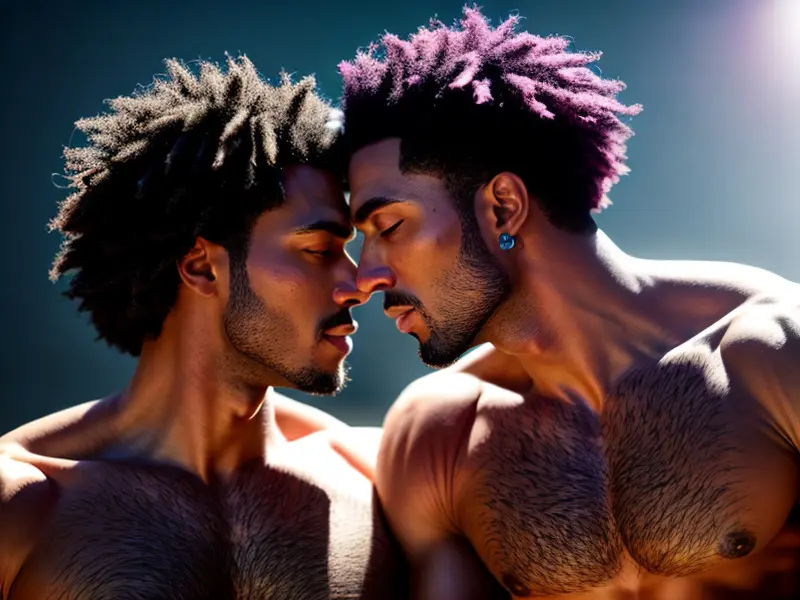Writing Romance for the LGBTQ+ Community: Representation Matters

In recent years, there has been a significant shift in the literary landscape, with authors and readers embracing diverse stories that accurately reflect the experiences of the LGBTQ+ community. This movement has given rise to a demand for romance novels that feature LGBTQ+ characters and relationships. Writing romance for the LGBTQ+ community is not only an opportunity for authors to explore new narratives, but it also plays a crucial role in promoting inclusivity and representation within the historical romance genre. In this article, we will delve into the importance of representation and why it matters when crafting love stories for the LGBTQ+ community.
Breaking Stereotypes and Changing Perceptions
Historical romance novels often adhere to traditional gender roles and heterosexual relationships, perpetuating a narrow view of love and romance. By writing LGBTQ+ romance novels set in historical periods, authors have the power to challenge these stereotypes and broaden readers' perspectives. Breaking free from conventions, these stories provide a platform to showcase the diverse range of experiences, identities, and relationships that have been historically sidelined or erased. By revealing the existence of LGBTQ+ individuals in historical contexts, these novels not only normalize their presence but also invite readers to empathize with their struggles and triumphs.

Empowering Readers and Celebrating Identity
Representation in romance novels allows LGBTQ+ readers to see themselves reflected on the pages, helping them develop a deeper connection with the characters and storylines. It provides validation for their own identities, experiences, and relationships. LGBTQ+ individuals deserve to see themselves as protagonists in love stories, regardless of the historical period. Writing romance novels that represent diverse sexualities and gender identities empowers readers by making them feel seen, valued, and celebrated. By showcasing LGBTQ+ characters who navigate the complexities of romance, authors can provide a sense of hope and inspiration to readers who may face similar challenges.
Building Bridges of Empathy and Understanding
Romance novels have always been known to evoke emotions, creating connections between readers and characters. When authors write LGBTQ+ romance set in historical periods, they can bridge the gap between the past and present, fostering understanding and empathy. These stories not only highlight the enduring nature of love but also reveal the universal struggles faced by LGBTQ+ individuals throughout history. By immersing readers in the lives of LGBTQ+ characters, authors encourage compassion, acceptance, and a broader understanding of diverse identities and relationships. Historical romance can become a tool for building bridges between different generations, fostering awareness of the LGBTQ+ community's historical significance, and promoting empathy in readers of all backgrounds.
Writing romance for the LGBTQ+ community is an essential step towards promoting inclusivity, representation, and understanding within the historical romance genre. By breaking stereotypes, empowering readers, and building bridges of empathy and understanding, authors can create stories that resonate with readers from all walks of life. Representation matters because it allows LGBTQ+ individuals to feel seen, validated, and celebrated, while also inviting readers to expand their worldview and embrace diverse love stories. Through the power of storytelling, historical romance writers have the opportunity to shape narratives that rewrite the limitations of the past and pave the way for a more inclusive literary future.

